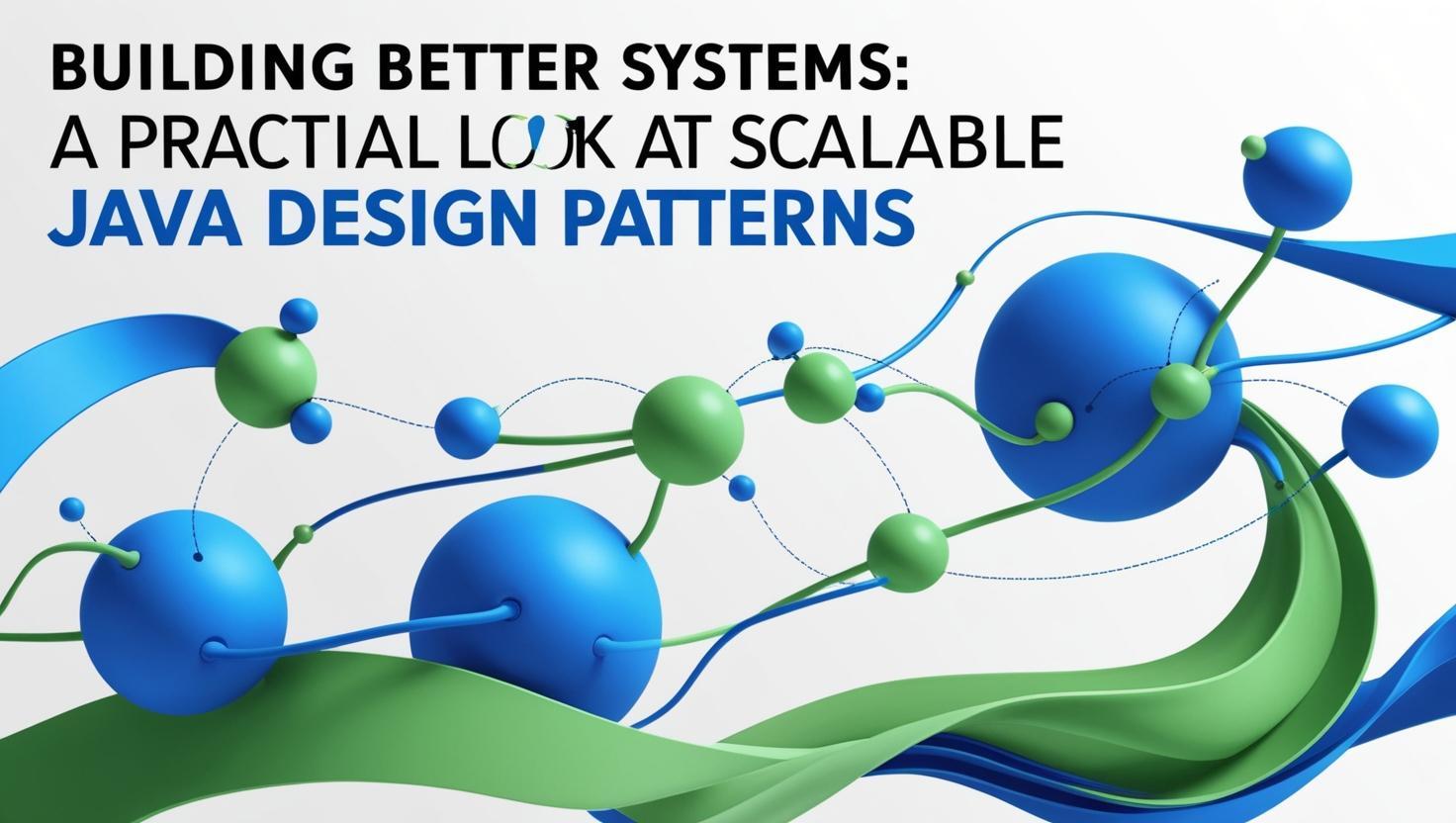In this modern era of rapid digital transformation, Nagaraju Vedicherla brings deep expertise in enterprise software architecture, offering grounded insights into how Java/J2EE design patterns can effectively address the growing complexities of scalable and maintainable enterprise systems. His practical perspective bridges the gap between theoretical frameworks and real-world application challenges with clarity and precision.
Evolving with Intent: The Rise of Pattern Based Enterprise Architecture
Enterprise software has grown more complex and demanding, requiring architectures that scale, adapt, and perform under significant user and data loads. Within this context, design patterns have emerged as fundamental tools, not just theoretical models but practical frameworks that support maintainability, scalability, reusability, and long-term cost efficiency. By implementing proven design constructs, organizations can reduce maintenance overhead and respond effectively to evolving business needs while ensuring architectural consistency and operational flexibility.
Foundation First: The Power of Pattern Principles
At the heart of pattern based development lies a dedication to modularity and separation of concerns. This principle allows easier system evolution, better productivity, and reduced change impact. Evidence shows that modular systems with clearly defined components can significantly lower error rates and improve adaptability. More than just code structure, design patterns introduce a shared vocabulary that improves communication and alignment across teams and encourages collaborative, parallel development.
Patterns that Work: Core Constructs of Modern Enterprise Systems
Several design patterns continue to shape the landscape of enterprise Java applications. The Model View Controller pattern enhances clarity by dividing responsibilities. Singleton ensures controlled access to shared resources. The Data Access Object pattern abstracts the persistence layer, allowing flexibility and easier database transitions. Factory patterns support object creation strategies, while microservices architecture enables modular deployment for better scalability.
These are not isolated solutions but building blocks that, when thoughtfully applied, enhance an application’s resilience and adaptability. The key lies in using each pattern where it fits best within the broader design and aligning it with business logic and user expectations.
Performance with Precision: Optimization through Strategy
Design patterns are not just about structure. They offer tactical advantages in performance optimization. Lazy initialization conserves resources by delaying object creation. Caching, especially with Data Access Object implementations, reduces database load in read-heavy environments. Load balancing strategies, both server and client side, distribute workload and avoid bottlenecks in distributed systems.
Memory management also benefits from pattern strategies like object pooling and Flyweight. These reduce garbage collection pressure and improve responsiveness in high transaction environments. The proper selection and tuning of these optimizations can have a profound impact on application throughput and responsiveness.
Beyond Theory: Evidence in Application
Design patterns deliver measurable improvements across quality metrics. Applications using structured designs outperform others in maintainability, reusability, and performance. Metrics show improved cohesion, lower coupling, and significant gains in code reusability. These improvements lead to lower maintenance effort and greater agility.
Incremental implementation, rather than complete transformation, brings better results. Gradual integration fits better with constraints and organizational readiness. It allows teams to learn, adapt, and improve as the system evolves, fostering long-term success.
Looking Forward: Patterns in a Cloud Native and AI Driven World
Design patterns are evolving alongside technology. Cloud native architecture introduces new approaches for containerization, service orchestration, and serverless computing. These patterns support agile delivery and allow systems to respond dynamically to business demands.
Artificial intelligence is shaping the need for patterns that support automation, observability, and adaptive behavior. Security and governance are now embedded concerns that demand pattern driven solutions.
Modern enterprise architecture is about enabling continuous adaptation. Today’s patterns must solve current problems and remain flexible for future innovation. The combination of cloud technologies and smart design principles is redefining the software engineering landscape.
In conclusion,Using a practical and evidence based approach, this article shows how design patterns support enterprise applications that are scalable and adaptable. With a focus on modularity, thoughtful implementation, and gradual adoption, architects can build systems that respond to modern demands. As technologies evolve, pattern based architecture remains a trusted guide. With these insights, Nagaraju Vedicherla emphasizes the lasting relevance of design patterns in enterprise software systems.





























